
Welcome to GEOLAB
GEOLAB is a four year Horizon 2020 project (2021 – 2025) funded by the European Union H2020 Research and Innovation Programme.

This project has received funding from the European Union's Horizon 2020 Research and Innovation programme under grant agreeement no 101006512.





Take a look at our new KNOWLEDGE PLATFORM
The Knowledge Platform is an open access platform that will collate information regarding project results, initiatives, calls for proposals. It will be continuously advanced during the project, presenting our GEOLAB outcomes in a structured manner.
Click the image below to view the KNOWLEDGE PLATFORM:
*Note: Please ensure to ONLY use an organisational email address, any personal email addresses will be rejected*


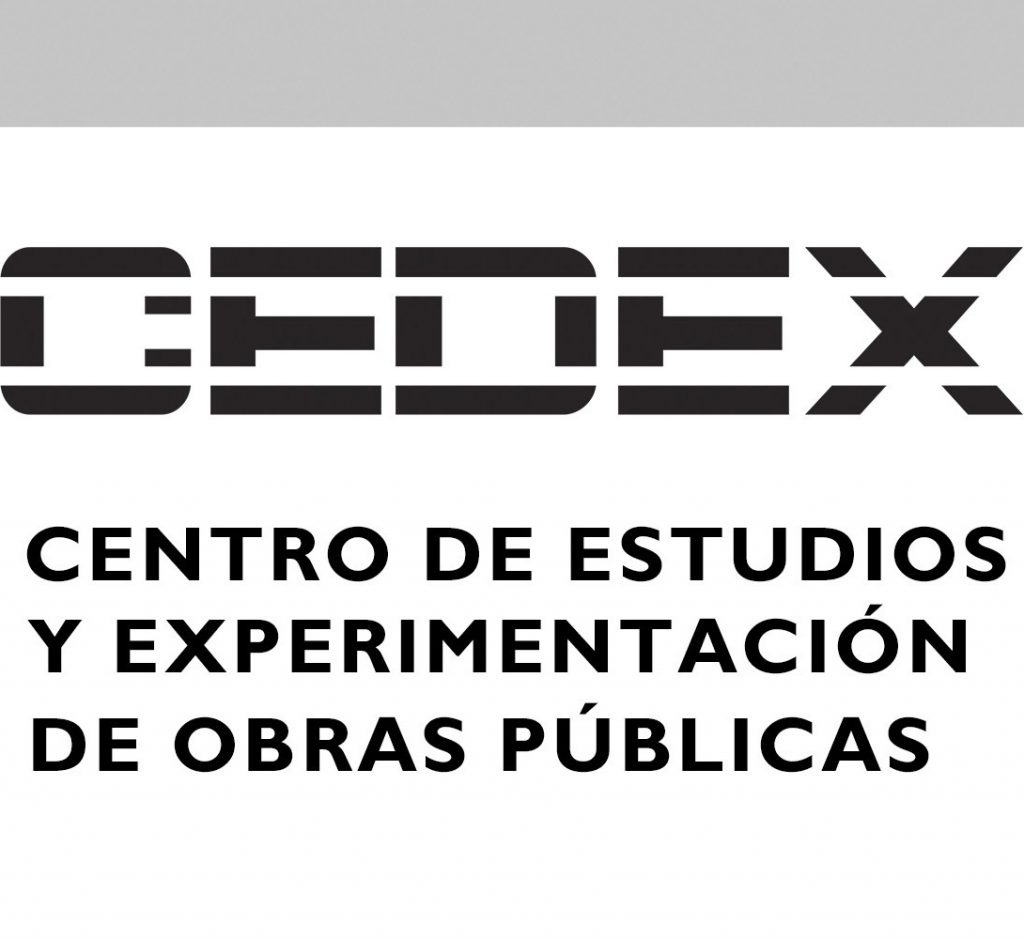
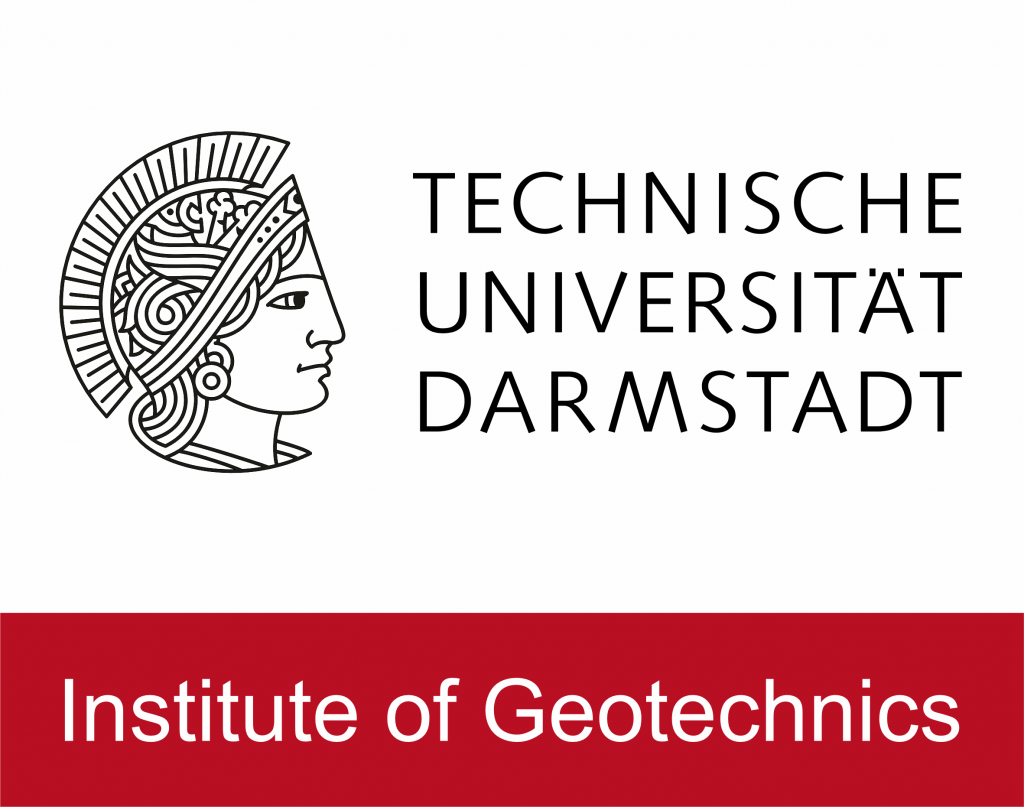

Latest News
What's happening?
Key Project Highlights

Geo-Centrifuge
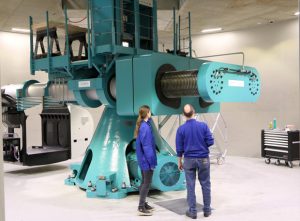
GeoModel Container


Geotechnical Centrifuge

Liquefaction Tank
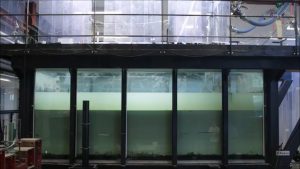
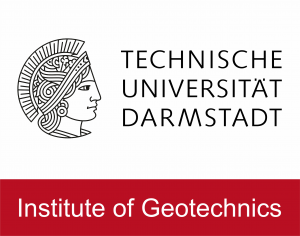
Pile Foundation Test Pit
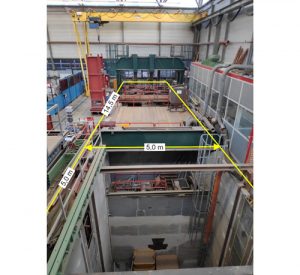

Geotechnical Centrifuge


Schofield Centre
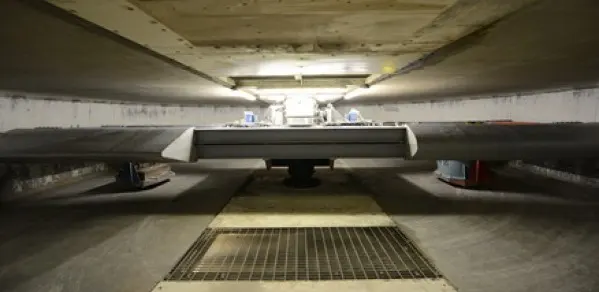

GeoTest Sites
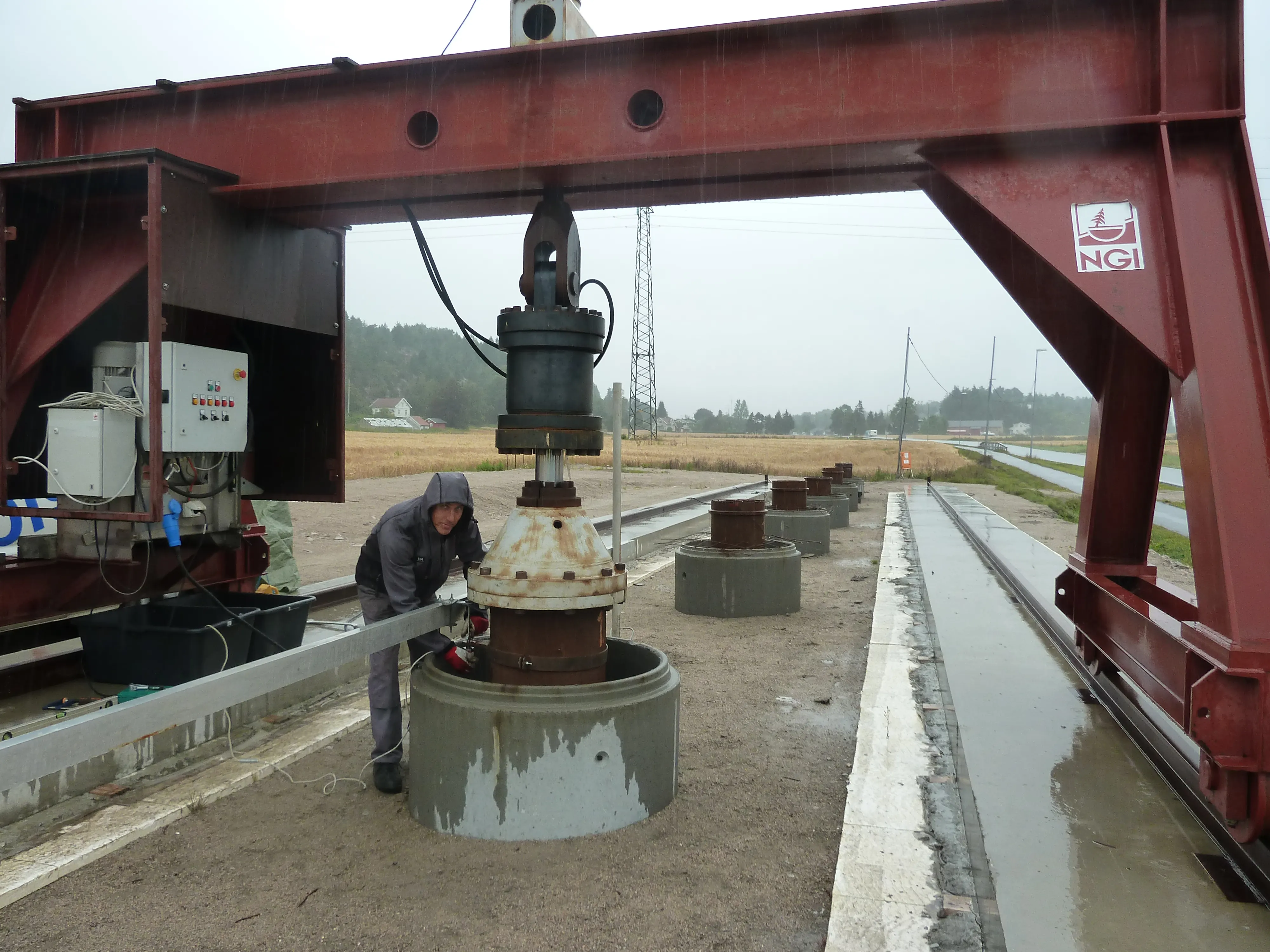

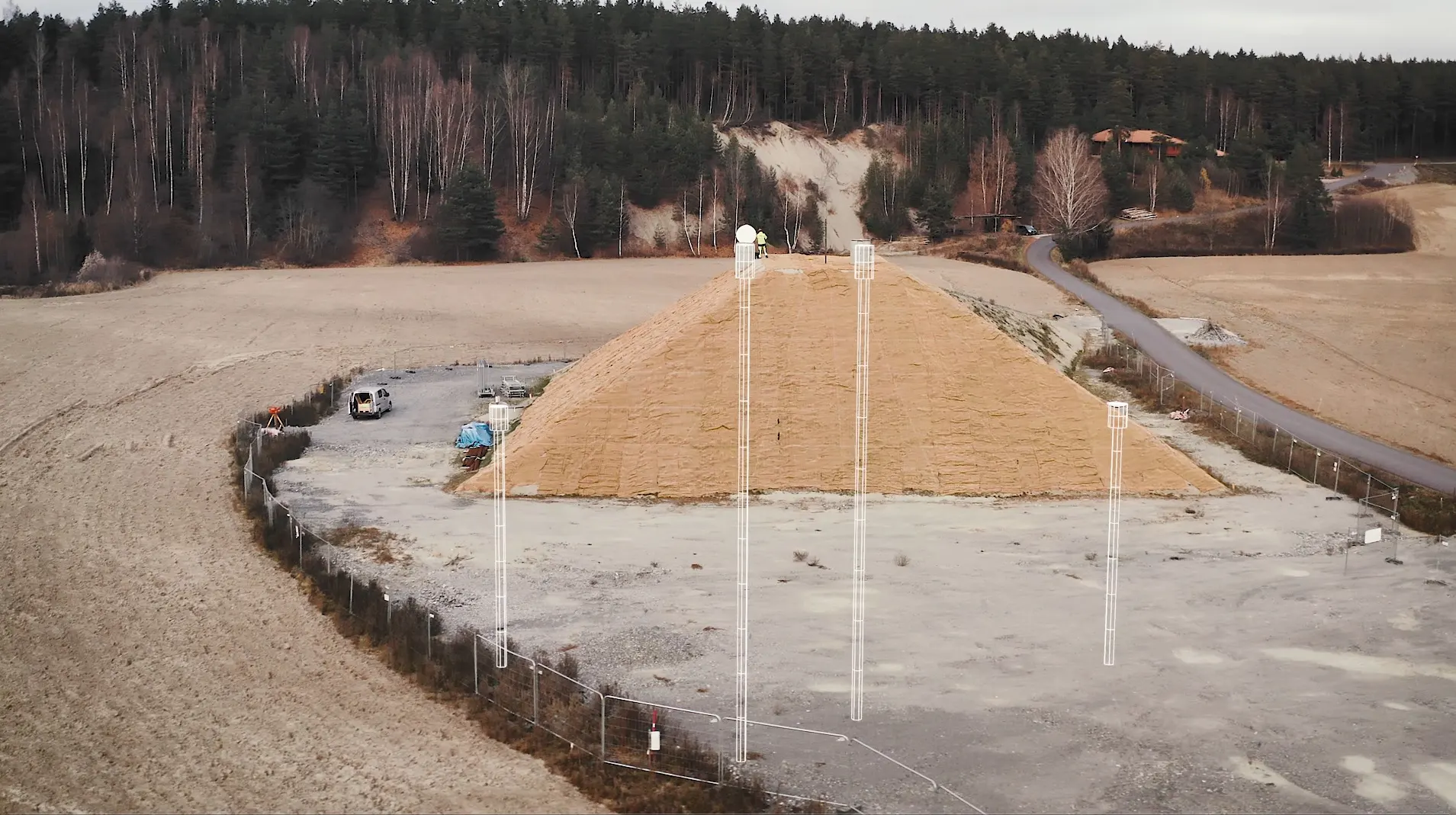
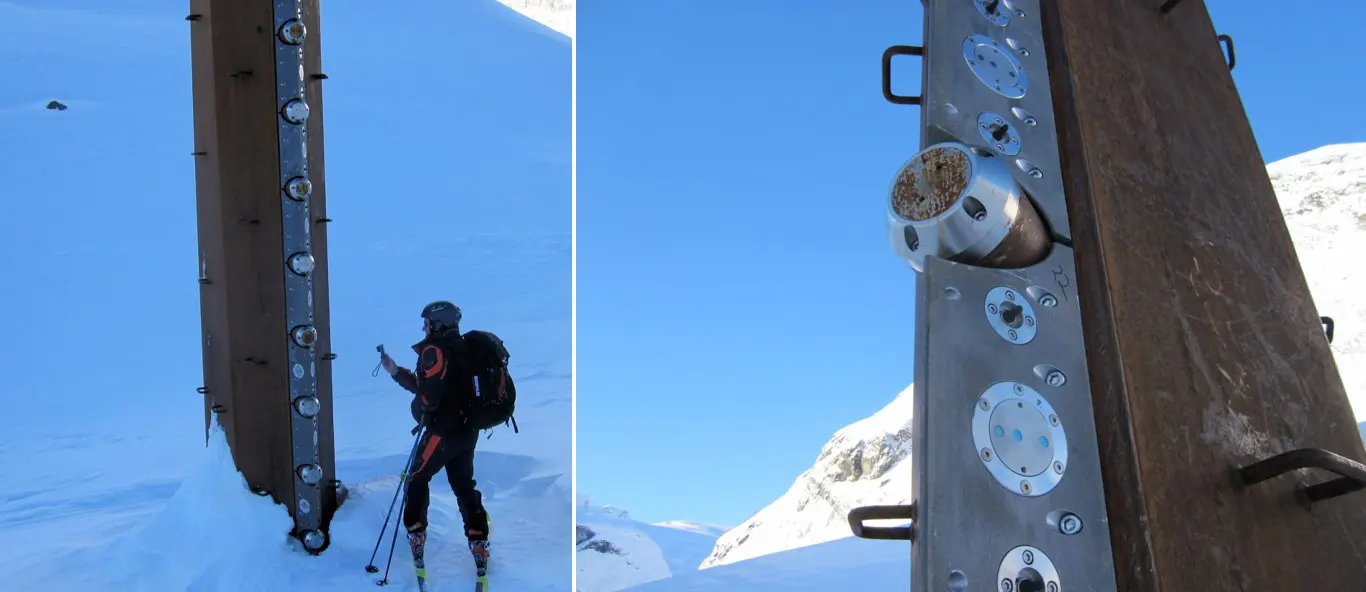
![]()
Beam & Drum Centrifuge
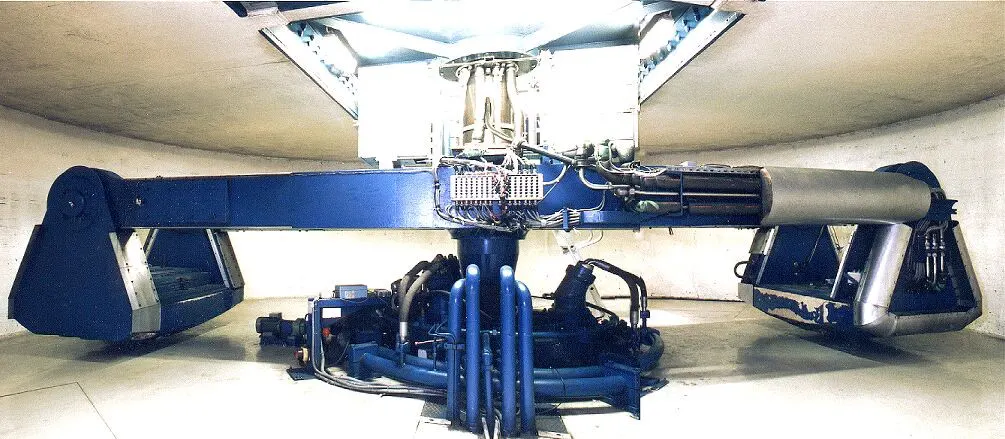

Large-scale Triaxial Apparatus
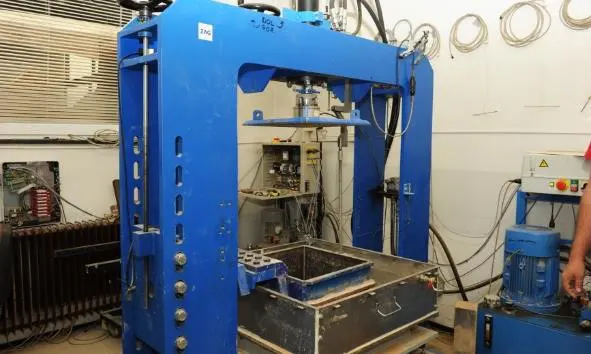 8 of 9
8 of 9
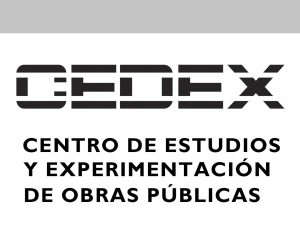
Track Box

Project installations
About the Infrastructure

Large-scale Triaxial Apparatus
Traffic Load Simulator is a part of the large-scale triaxial apparatus at the Slovenian National Building and Civil Engineering Institute (ZAG). Its main purpose is to enable mechanical testing of various geomaterials and their interaction among themselves.

Pile Foundation Test Pit
The TUDa Geotechnical Test Pit (GTP) is a testing facility mainly for studying soil-pile interaction, although in principle, investigation of other geotechnical problems is also possible. The facility allows for near- to full-scale testing (e.g., micropiles), as well as medium- to large-scale model testing.

Beam & Drum Centrifuge
The Geotechnical Centrifuge Center (GCC) encompasses two geotechnical centrifuges, a 9 m diameter (500gton capacity) beam centrifuge and a 2.2 m diameter (440gton capacity) drum centrifuge, a cutting-edge earthquake simulator, a Miniaturized Tidal Generator (MTG), and a variety of actuators, tool platforms, and highly specialized devices and sensors.
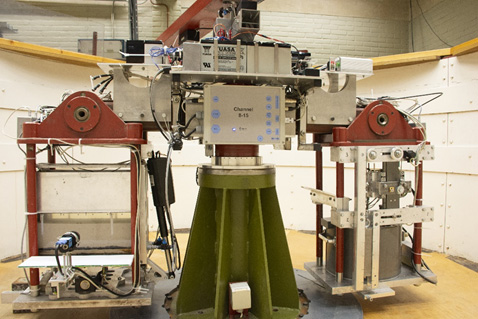
Geotechnical Centrifuge
The geotechnical centrifuge at Delft University of Technology (TU Delft) is used as a physical modelling facility to investigate various geotechnical problems, such as slope stability, levees and embankments, soil-structure interaction under static and dynamic loading, tunnelling, excavations, as well shallow and deep (offshore) foundations.
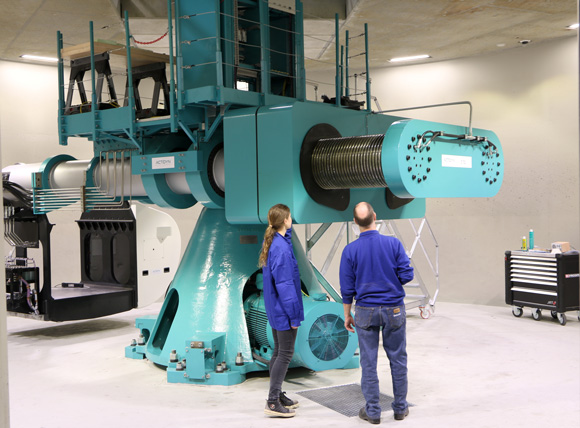
Geo-Centrifuge
The Geo-Centrifuge is used for testing physical scale models of geotechnical engineering systems such as i.e. natural and manmade slopes, earth retaining structures and foundations.

GeoModel Container
This facility compromises of a rigid model container with loading and measurement systems. It can be used for studying soil behaviour and the interaction with structures using accurately prepared sand and clay models.
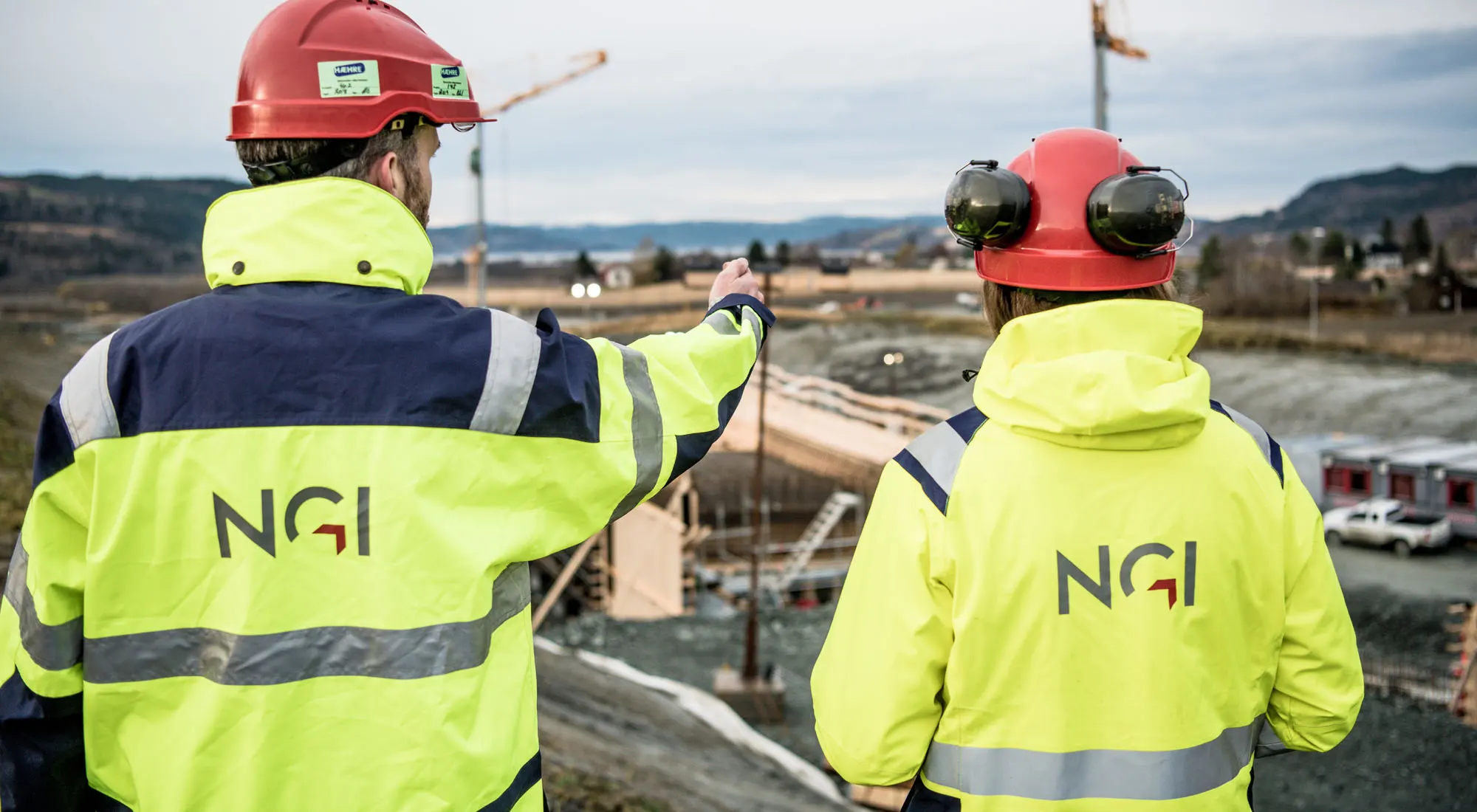
Geotest Sites
The GEOTEST SITES research infrastructure managed by the NGI is a national research facility for geotechnical research. The six benchmark test sites are located in Norway and on Svalbard and have been developed as field laboratories for the testing and verification of innovative soil investigation and testing methods.

Schofield Centre
The Schofield Centre for Geotechnical Process and Construction Modelling hosts equipment to facilitate physical modelling of geotechnical systems such as e.g., shallow and piled foundations, open excavations and tunnels, engineered slopes, and retaining structures under complex loading including mechanical, seismic, hydraulic, and thermal actions.

Liquefaction tank
Liquefaction Tank consists of an instrumented inclinable container to investigate the susceptibility of loose sand seabed to flow slides triggered by sudden changes in the water level, fast sedimentation, scouring, or shock loads.

CEDEX Track Box
The main field of application for tests developed at CTB is Transport, specifically Railway tracks.

Geotechnical Centrifuge
The Centrif-UGE is devoted to physical modelling in geotechnics. By increasing the centrifuge forces applied on a small scale model of a geotechnical work, the stress field existing on full scale (prototype) geotechnical work is reproduced. The model is installed in the Centrif-UGE’s basket (~1.5m3 of volume).





